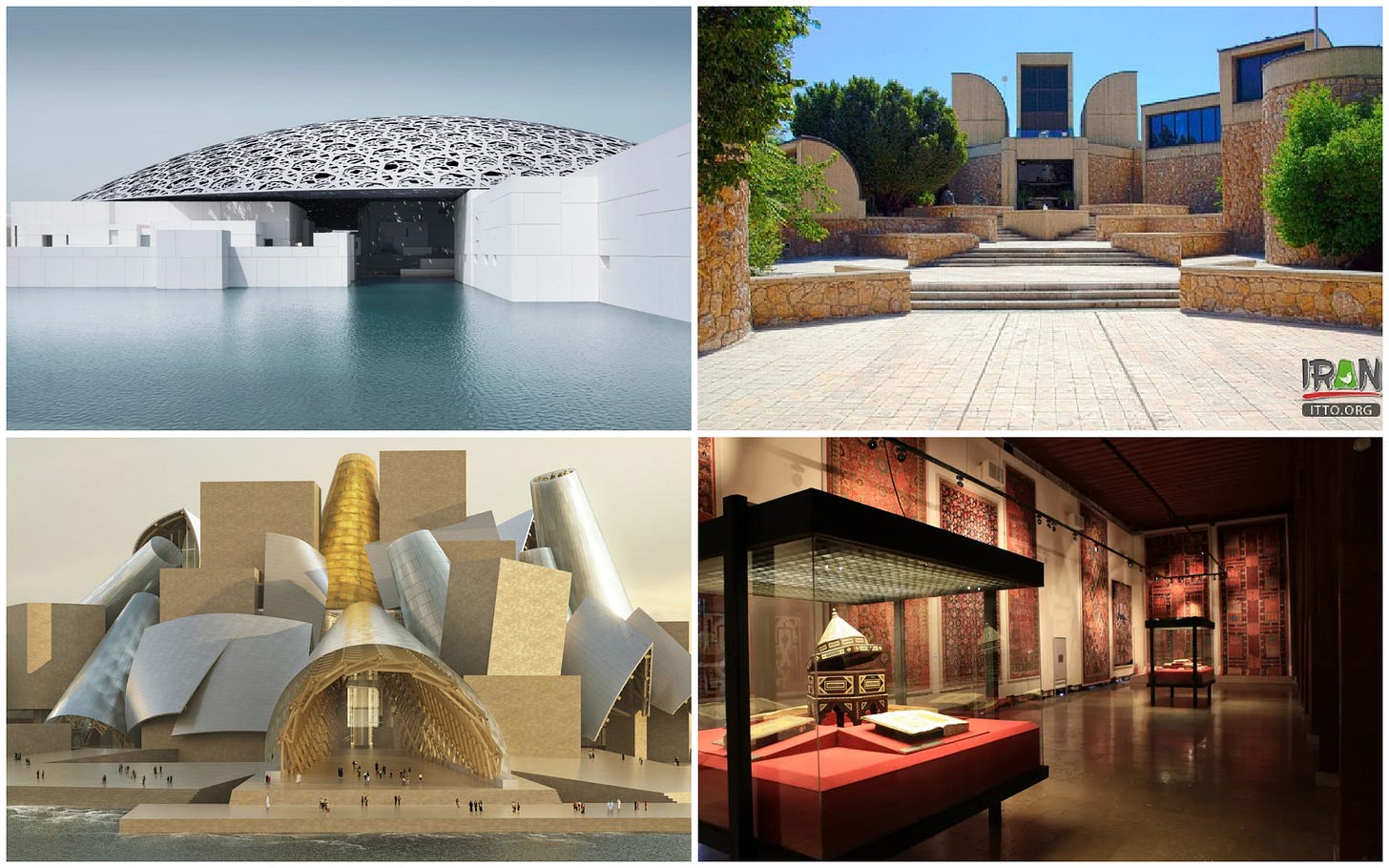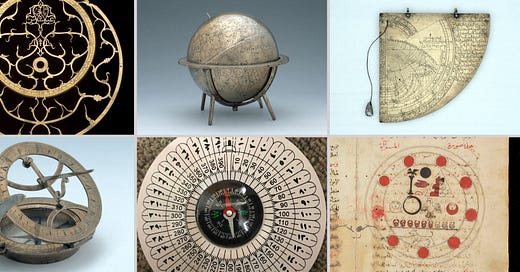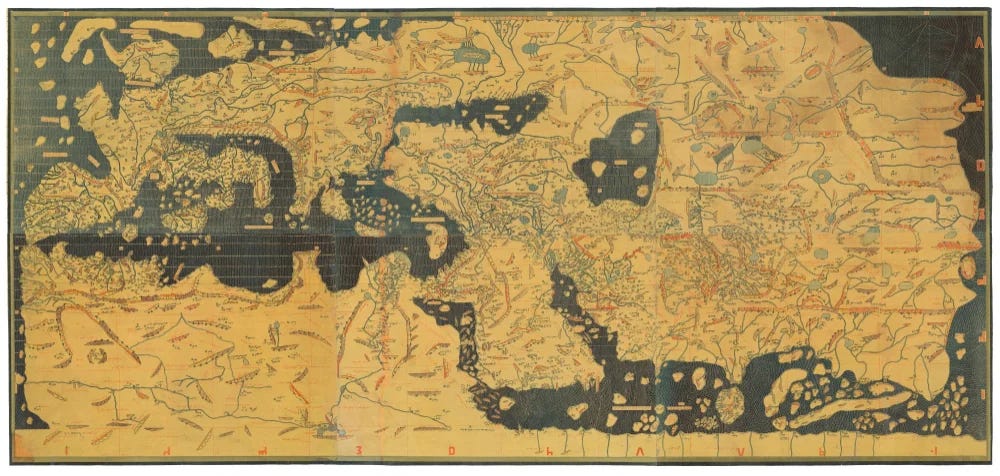Contemporary Views Islamic Science (by Americans)
Ask Americans about scientific tradition in Islam, and you will probably be met with a blank stare. We are rarely taught anything about Islamic traditions of scientific discoveries. In fact, a poll conducted in 2019 concluded that 56% of Americans said that “Arabic Numerals” should not be taught in school, and another 15% had no opinion. For those who don’t remember, Arabic numerals are the numbers 0, 1, 2, 3, etc.
Today, many Americans view the Islamic religion as anti-science. Our opinions of the adherents of Islam, seen as monolithic from the US point of view, are of a religion that rewards martyrs, engages in polygamy, deprives women of fundamental rights, and is constantly antagonistic towards science and the West. Interestingly, in the 1840s, these same opinions were held against Mormons. In fact, Islamic institutions flourished during the West’s “dark ages” and provided the foundations for many of today’s scientific fields. (Aside: China was also scientifically advanced at this time but was more inward-focused and its science was not shared as widely.)
Islamic Science’s Golden Age
Islamic scholars’ discoveries and innovations dominated the world from about the 8th to 13th centuries, a span of 500 years. The discoveries made during this time are too lengthy to enumerate here, but here are a few (many others are documented with sources in Wikipedia).
Mathematics
Islamic mathematicians were vital in advancing mathematical innovations and the sciences based upon them. They developed algebra, spread Euclidean geometry, and devised cubic and quadratic equations, some still used today. Using equations, they calculated the length of a year with five decimal places and created trigonometry and the law of cosines. They solved pi correctly to 17 decimals.
They also introduced the Hindu-Arabic number system. To understand this system’s importance, consider 2 problems written in Arabic and Roman numerals.
Today, we would write an equation like this: 200 – 47 = 153.
In Roman numerals, this would read CC – XLVII = CLIII.
The idea of “carrying” numbers was difficult to impossible.
Worse, consider this equation: 100 – 100 = 0. In Roman numerals: C-C= ?. Roman numerals did not have a display for “0”, an essential requirement for mathematics.
Geography
Islamic scholars developed detailed maps, including the correct size of the Earth’s radius in ~1000 CE. Delivered in 1155 to the King of Sicily was an Atlas which contained not only the maps of the ancient world but also a study of the people, climates, resources, and industries of the world known at that time.
Agriculture
One of the modern world’s most important advances is increased agricultural output. Much of the early work here was done by Islamic inventors. These included importing different crops that would grow well in the Islamic world and introducing widespread irrigation. Increased output allowed for a larger population that was not wholly dependent on localized rain cycles.
Astronomy
Islamic advancements included determining the length of the solar year, the movement of the sun, moon, and planets, an astrolabe, and a description of the sun’s apogee related to Earth. In the mid 1200s, Islamic scientist Nasir al-Din al-Tusi was granted access to Chinese observations and created the most accurate astronomical tables at the time.
Significant advances also occurred in Physics, Zoology, and multiple medical fields.
What generated this growth?
The wealth of Islamic nations promoted Islamic science. Just as current areas, like Silicon Valley or Beijing, promote scientific growth by concentration and investment, so too did the Islamic world of 700 CE through about 1200 CE. The centers of Bagdad, Cairo, and Cordoba were rich and powerful, ruled by men who promoted the advancement of science and the arts.
These were prosperous cities due to their unique geographic positions on the major trade routes, from Asia for Bagdad, between the Red Sea and the Mediterranean for Cairo, and the salt routes for Cordoba.
The ability to afford to invest in science and art was the prime, but not the only, reason for their scientific success. These cities were also positioned so that the best of science from China, India, and Europe would be shared. Coupled with the relative weakness in Europe, these cities were prosperous and benefitted from stable and weak or peaceful neighbors.
Relative Decline of Islamic Science
(The YouTube videos of https://www.youtube.com/@AlMuqaddimahYT were instrumental in my understanding of these reasons)
There were many reasons why Islamic Science fell behind the European world in the 13th century forward. Wars at the periphery of the Caliphates took more resources, leaving less money for scholarship patronage by Islamic leaders. In 1248, the Mongol Empire destroyed Baghdad, one of the critical centers of science. In 1236, Cordoba, in present-day Spain, also fell. This was the loss of another key center of Islamic learning.
Given my little knowledge, I think the other critical change in the world was the development of the printing press in 1440. The printing press was created in Europe but rejected in the Islamic world. The first uses of the printing press in Europe were religious tracts and printing Bibles. In the Islamic world, the Koran is a bit different. Studying the Koran and writing it out brings you closer to God. This made the printing press superfluous in reproducing the Koran.
Furthermore, the first translations of the Koran brought into the country were filled with mistakes, insulting the religion that valued understanding and closeness with God via the Koran.
Finally, translating the Islamic alphabet and language fundamentals into Arabic is problematic. The banning of the printing press delayed the spreading of knowledge in the Islamic world while simultaneously making the dissemination of knowledge easier in the Western world.
The rise of wars and conflicts changed the direction of scientific investigation away from arts and sciences and toward military investigations.
Future of Islamic Science and Arts
Americans rarely think of Islam and Islamic nations in terms of Science and Art. We tend to think of them as being more concerned with enforcing militant anti-western values. We think of terrorists. However, the majority of the Islamic world is not fixated on Islamic / Western conflict.

Like most cultures today, these governments and people take the Western norms they approve of and modify them to their situation. So, we can see many current Islamic cultures and expanding them with knowledge from the Science and Arts. The future of Islamic science is the same as Western science: the study and investigation of knowledge – both in practical applications and advanced research. The Islamic world has opened universities with and without American (or other international) partners. Many of these admit students from around the Islamic and non-Islamic world.

The Islamic nations are picking the best of Western Art in the art sector. They are displaying it with a history of Islamic Art. Many more prosperous Islamic nations have built stunning edifices to display this priceless art through cooperation with Western institutions or through purchase and support.
So, I think Islamic Science is now following the same trajectory as science fields worldwide. Cooperation and sharing of resources is a trend worldwide and will only grow. As for Art, patronage by nations and individuals is a tradition that is returning in these societies.





